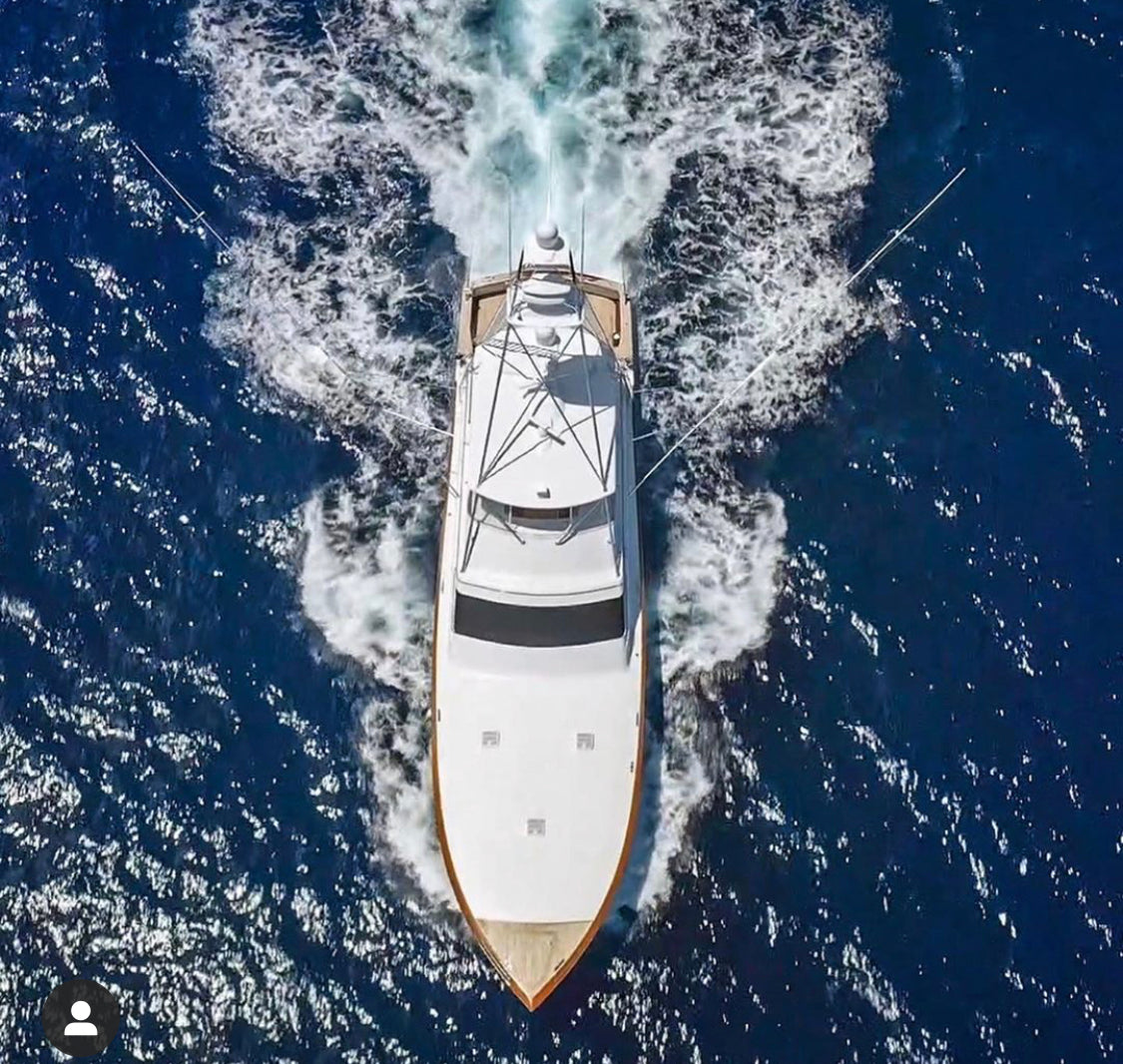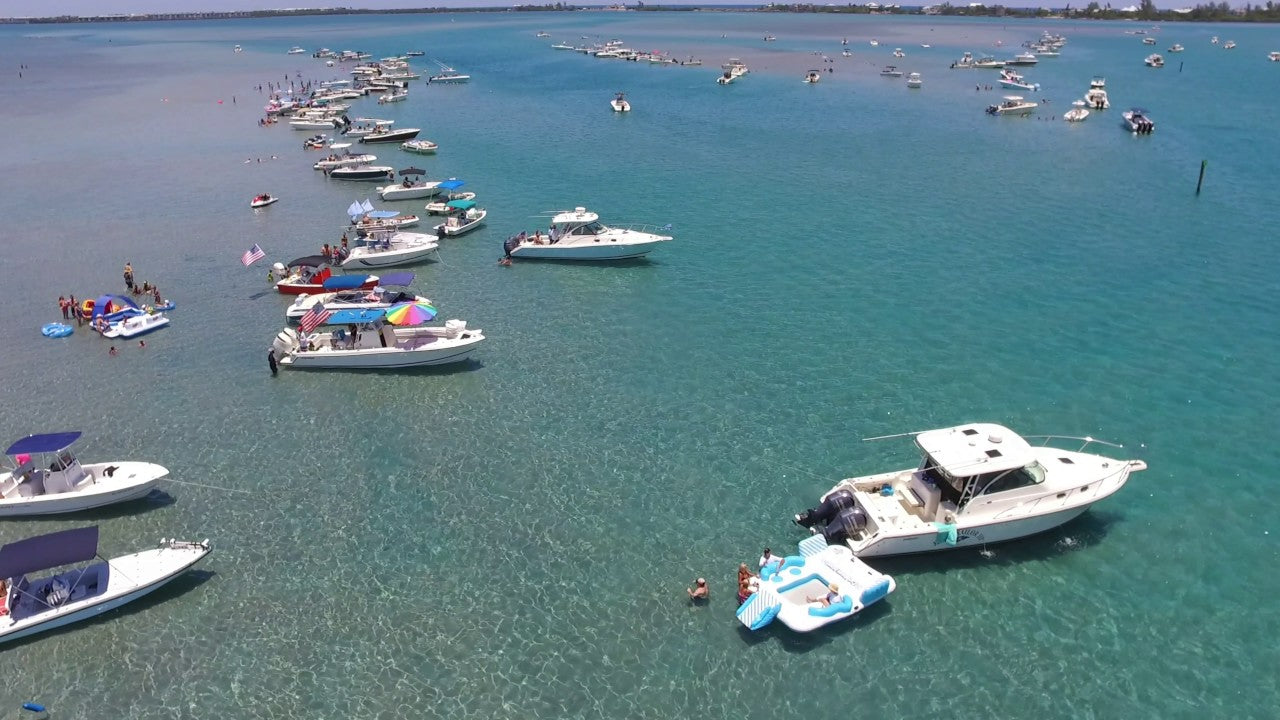Navigating the St. Lucie Inlet: Tips and Tricks for a Smooth Ride
The St. Lucie Inlet, located on the east coast of Florida in Martin County, is a popular destination for boaters looking to enjoy the warm weather, beautiful scenery and quick access to the gulf stream for some of the best fishing on Florida's East coast. However, this inlet has a reputation for being one of the most treacherous in Florida. Sinking or severe damaging of vessels, injuries, and even deaths have occurred here. Many losses have been caused by engine failure at critical times, poor judgement on the part of the boat operator, or lack of local knowledge of tides, shoaling, and other conditions.
Navigating this inlet can be challenging, especially for those who are unfamiliar with the area. In this blog post, we'll provide some tips and tricks for navigating the St. Lucie Inlet in a boat, ensuring a safe and enjoyable ride.
Know the Tides
Strong Flows Through the Inlet Accompanying the rise and fall of the tide, is the horizontal flow of water known as the TIDAL CURRENT. This flow is especially strong in inlets where there is a constricted passage between two large bodies of water. In the St. Lucie Inlet, this current averages about 2-3 knots, but may be as strong as 6-7 knots during abnormal tide conditions or at different locations within the inlet. Tidal currents can be observed by watching the flow of water around a buoy, bridge, jetty, or anything that is anchored to the bottom. These currents can have very dangerous effects if boaters try to anchor or maneuver in them. Tidal currents associated with the St. Lucie Inlet flow in from the sea (flood flow) during high tide and out to sea (ebb flow) during low tide. Slack water (no tidal current) occurs about midway between high and low tide for the St. Lucie Inlet. The flood current flows into the inlet for about 3 hours before and after the predicted time of high tide. The current then stops for a brief time (slack water), and starts flowing out of the inlet as an ebb current for the next 6 hours. The time of maximum flood and ebb flow in the St. Lucie Inlet happens to roughly coincide with the predicted time of high and low tide. The ebb tidal current is characteristically faster flowing than the flood tidal current, due to the shallower depths occurring at low tide. The times of flow for the flood and ebb current may vary slightly due to effects from weather and sea conditions, such as precipitation and freshwater drainage.
Be Prepared for Crowds
The St. Lucie Inlet is a popular spot for boaters, which means that it can get crowded, particularly during the weekends and holidays and early mornings with a steady stream of outbound sportfishing boats. Be prepared for a busy and potentially stressful ride, and make sure to keep a close eye on other boats in the area. It's important to maintain a safe distance from other vessels and follow proper boating etiquette, such as yielding to boats coming from your right and avoiding abrupt turns.
Stay Alert for Hazards
The St. Lucie Inlet is also known for its shallow waters and sandbars, which can pose a hazard to boats. It's important to stay alert for these hazards and navigate at a slow and cautious speed. Keep an eye out for markers and buoys that indicate safe passage, and be prepared to make adjustments to your route if necessary.
Use a Chartplotter or GPS
A chartplotter or GPS can be a valuable tool when navigating the St. Lucie Inlet. These devices can provide real-time information on water depth, hazards, and other important navigational data. Make sure to program your device with the most up-to-date charts and maps, and use it as a supplement to your visual navigation skills.
Notes on Navigation at Night
Unless you have been through the St. Lucie Inlet many times, and especially recently, it is not advisable to navigate the inlet at night. The “Sea Buoy” located nearly due east of the entrance to the inlet is a Flashing Red (4 sec.) whistle buoy (red) #2. It is roughly 2500 feet east of the navigation channel entrance. Lights are displayed on the North jetty and the South breakwater, marking the entrance to the inlet. Use extreme caution as you navigate the St. Lucie Inet at night.
Follow the Rules and Regulations
As with any waterway, there are rules and regulations that govern boating on the St. Lucie Inlet. Make sure to familiarize yourself with these rules, which include speed limits, no-wake zones, and right-of-way rules. It's also important to have all required safety equipment on board, such as life jackets and flares, and to follow proper boating etiquette at all times.
Be Aware of the Crossroads
Beware of the crossroads where the Intracoastal Waterway and the St. Lucie inlet meet. This is a high traffic where large vessels must not deviate from their course and updated buoy locations. It's important to be aware of these vessels and give them plenty of space to maneuver. Stay alert for their presence and follow proper boating etiquette when encountering them. Additionally, be aware that strong currents can be created where these two bodies of water meet, so exercise caution when navigating in this area. Beware of active shoaling and marker buoy locations that do not correspond to your chart or GPS.
Note the Shoaling
It's worth noting that shoaling, or the natural buildup of sand and silt in a waterway, can occur in the crossroads area of the St. Lucie Inlet. This can make the water shallow and increase the risk of running aground. Stay alert for any warnings or notices regarding shoaling, and consider consulting local boating resources or officials for up-to-date information on the conditions of the St. Lucie Inlet.
More resources:
Safe boating through the St. Lucie Inlet



